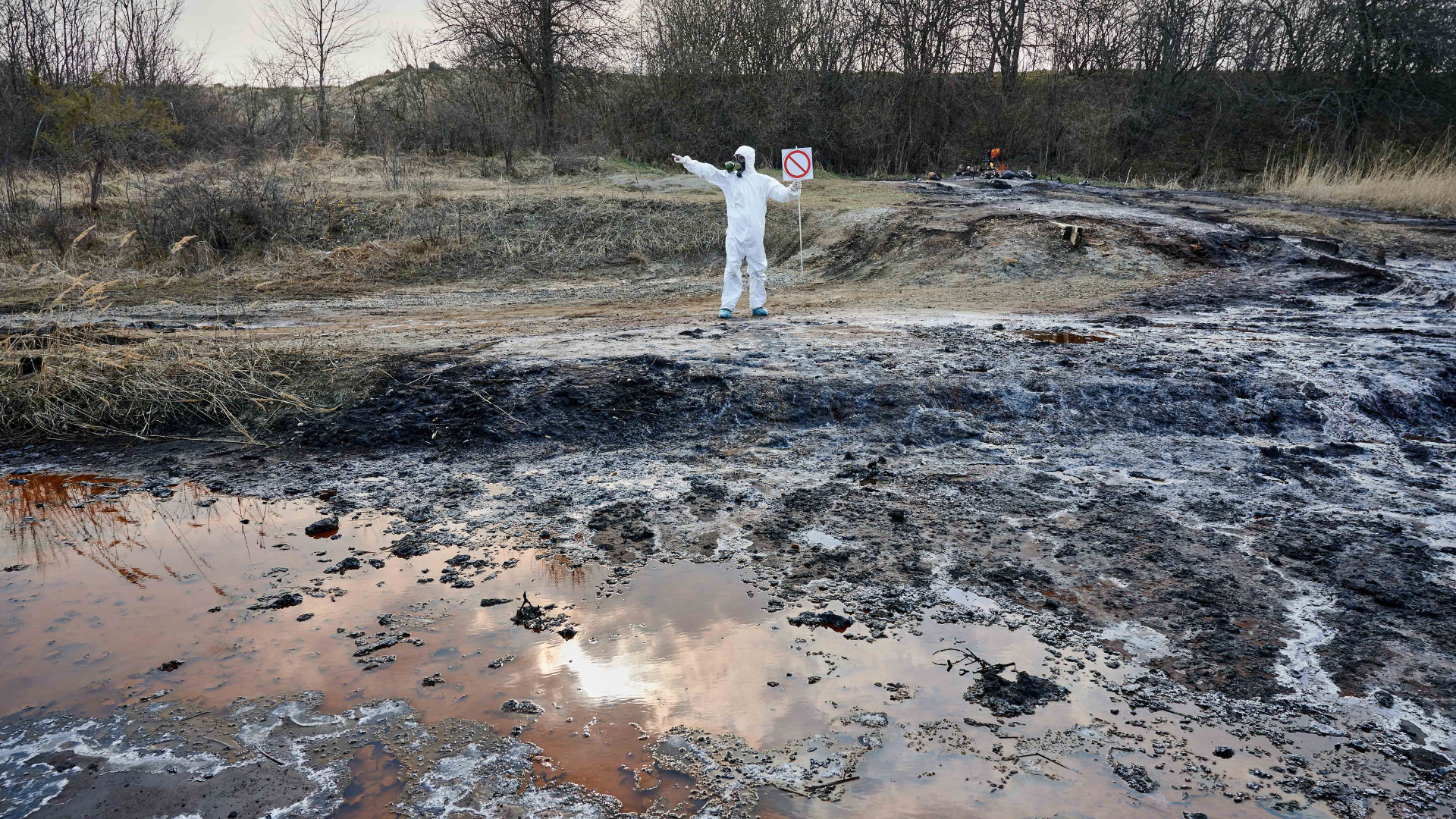A report published last year by a group of local and international researchers found that an average of 90% of the waters around South Africa’s Exclusive Economic Zone are under lease for oil and gas exploration or extraction. This increases the risk of oil spills and their subsequent effect on marine biodiversity, natural resources, fisheries and communities all along South Africa’s coastal regions.
Lubrication Engineers (LE) South Africa is helping to combat this problem by supplying a unique enzyme to the local market that can help to clean up hazardous waste spills. The Oil Spill Eater II (OSE II) was developed in 1989 in the USA and has been used to clean up more than 44 000 spills since. Approved by the US Environmental Protection Agency (and featured on the National Contingency Plan List) and the UK Marine Management Organisation, it is an environmentally safe and cost-effective bioremediation process for mitigating hazardous waste, spills and contamination.
Gavin Ford, National Marketing Manager for LE South Africa explains that OSE II uses a biological enzyme to convert spill waste into a natural food source for bacteria found in aquatic environments. The product has nutrients in it that appeal to indigenous bacteria, which then rapidly multiply and break down the oil. It is an excellent solution for managing oil spills because it doesn’t introduce any alien bacteria and the final byproducts from the process are just carbon dioxide and water.
OSE II is also a very helpful solution for cleaning off oiled wildlife and marine life because it works so quickly and is non-toxic, which means the oil can easily slough off once it’s been sprayed on. This is less traumatic for animals that are being cleaned and is much faster and easier than alternative options.
“It essentially accelerates the natural spill remediation process because in nature, bacteria release enzymes and biosurfactants that attack the spill. The biosurfactants emulsify the spill, breaking it down to be used as a food source for the bacteria. OSE II allows this natural effect to still happen, but at a much faster rate,” says Ford. The process cleaning time duration varies from a few hours to several weeks, depending on the kind of hydrocarbon and type of spill.
The application of the product is also relatively simple. It is mixed using a ratio of 1 part OSE II with 50 parts non-chlorinated water and is then applied using a surface sprayer. Non-chlorinated water will contain bacteria, which is important to activate the process for cleaning up an oil spill. A higher concentration of OSE II can be used for older or heavier spills.
LE South Africa supplies the OSE II in ready-to-use kits that includes a backpack sprayer for applying the product. OSE II can bioremediate most organic-based compounds and almost all hydrogen-based compounds. In addition to oil spills on oceans and lakes, OSE II can be used to help clean underground spills, airport tarmacs, ship decks, asphalt and concrete spills, fuel tanks, ballast water tanks, bilge tanks, and clean-ups of all kinds of oil leakages.



